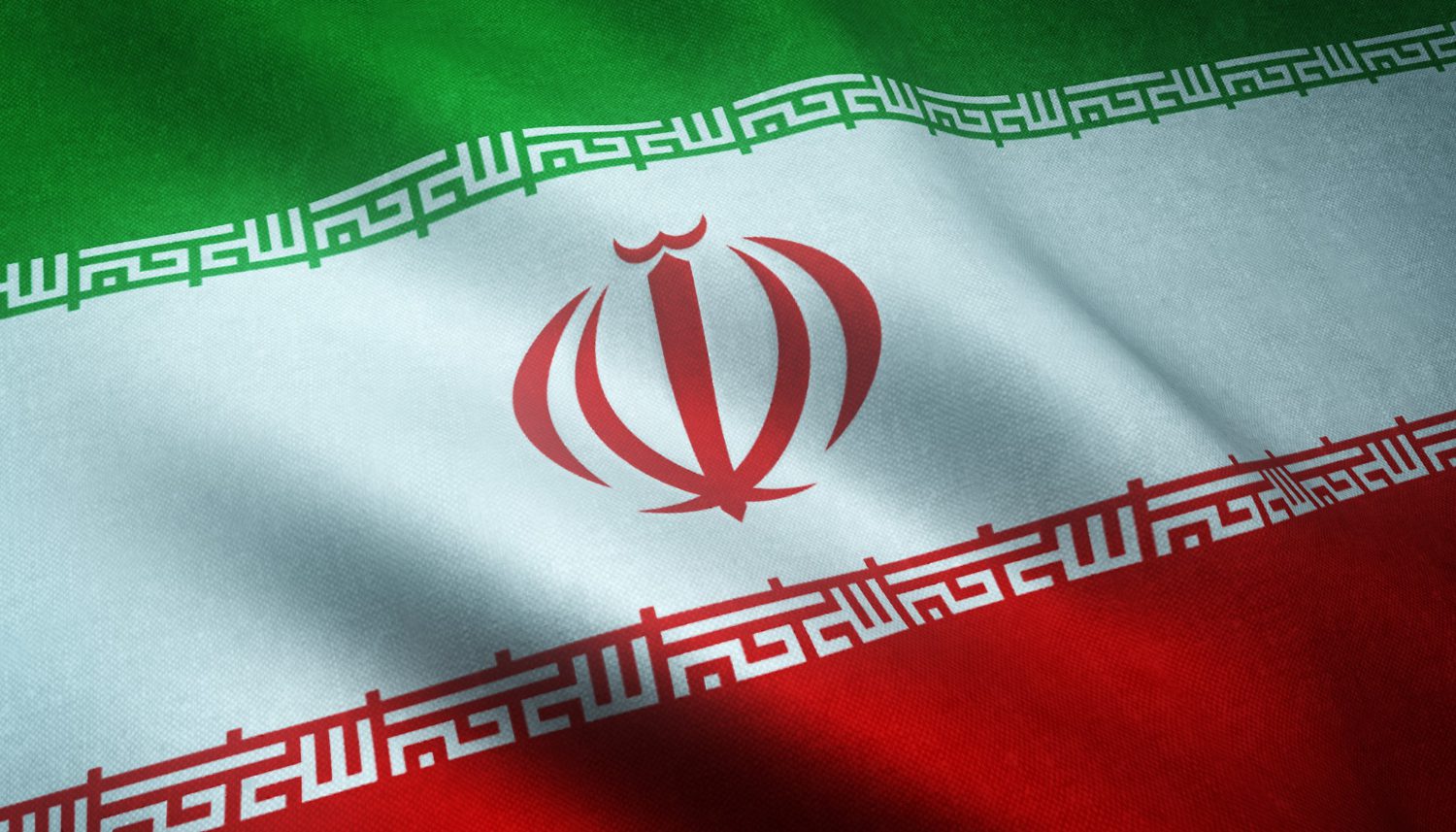In a period marked by escalating tension with the US in the Gulf, Iran’s Islamic Revolutionary Guard Corps has revealed the presence of vessels fitted with long-range missiles near the Strait of Hormuz.
The announcement was made on Wednesday during an Iranian military exercise, which simulated an ‘enemy attack’ involving rocket launchers, navy helicopters, and drones. According to the semi-official Tasnim news agency, the display included missiles with a 600-kilometre range, although they provided no additional information regarding the weaponry. It follows Iran’s recent statement that the new Abu Mahdi cruise missile, boasting a range of 1,000 kilometres, has been commissioned.
In response to Iran’s heightened activity in the strait, the US dispatched additional warplanes and a guided missile destroyer last month. “The Department of Defence is enhancing our presence and capacity to monitor the [Strait of Hormuz] and surrounding waters,” Pentagon spokeswoman Sabrina Singh stated in a press briefing.
The Strait of Hormuz, located between Iran and Oman, is a crucial artery for global oil transportation. Approximately one-fifth of the world’s crude oil and oil products pass through it, making it the world’s most important oil chokepoint.
Last month, Iran attempted to seize two commercial tankers, which was condemned by the UK Maritime Component Command, a branch of the British military, as “unacceptable harassment.” In May, Iran took control of two tankers within a week and has been alleged to have held a vessel hostage over a payment dispute.
The US Navy claims that Tehran has captured at least five commercial vessels in the last two years and has harassed multiple others. Such operations are seen as a strategic move against the West following the re-establishment of US sanctions and the collapse of the 2015 nuclear agreement in 2018.
The revelation of the Abu Mahdi cruise missile is just the latest in a series of new Iranian weapon system announcements. Last month, Iran claimed to have a new hypersonic missile with a stated range of 1,400km.
Billboards in Tehran advertised the new weapon in Farsi, Hebrew, and Arabic, boasting, “400 seconds to Tel Aviv.” Hypersonic missiles, travelling at over five times the speed of sound, or Mach 5, give enemy forces merely seconds to react to the approaching threat. These missiles are reportedly capable of manoeuvring mid-flight, making it difficult for anti-missile systems, such as the US Patriot, to predict their course.
This technology is highly sought after, with Russia, China, the US, and more recently, Japan, France, and India, investing heavily in it. Russia purports to have deployed the first hypersonic missile in combat in Ukraine, claiming its Kinzhal missiles have struck targets while flying at Mach 10.
US experts, however, contest that the missile was not genuinely hypersonic, and the US announced on May 10 that a Patriot system in Ukraine had intercepted one. Nevertheless, according to the US Department of Defence, the overarching Iranian missile threat stems not from any one system, but from the sheer size and capabilities of “its missile arsenal, which is characterised by increasing numbers, as well as increases in accuracy, range and lethality”. The Pentagon’s report went on to state that “Iran has the largest ballistic missile force in the Middle East.”
Image Credit: wirestock – www.freepik.com



















